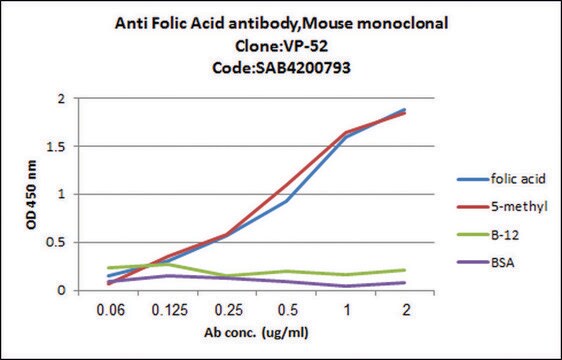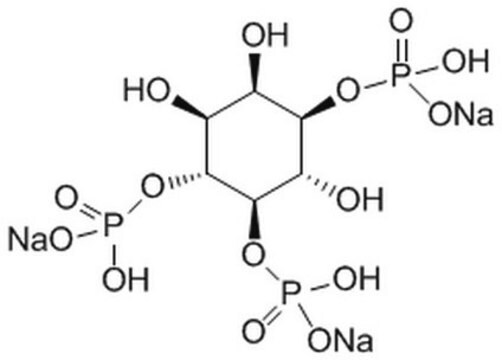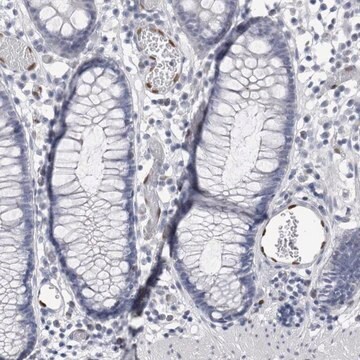07-1210
Anti-IP3 Receptor Antibody
from rabbit
Synonym(s):
Inositol 1,4,5-Trisphosphate Receptor
About This Item
Recommended Products
biological source
rabbit
Quality Level
antibody form
purified immunoglobulin
antibody product type
primary antibodies
clone
polyclonal
species reactivity
pig, human, bovine, rabbit, mouse, canine, dog, rat
technique(s)
ELISA: suitable
immunofluorescence: suitable
immunohistochemistry: suitable (paraffin)
immunoprecipitation (IP): suitable
radioimmunoassay: suitable
western blot: suitable
isotype
IgG
NCBI accession no.
UniProt accession no.
shipped in
dry ice
target post-translational modification
unmodified
Gene Information
human ... ITPR1(3708)
Related Categories
General description
Specificity
Immunogen
Application
Immunofluorescence: 1:20 - 1:200 dilution from a previous lot. Light fixation, 2% PFA, 90% ethanol fixation; Visualization by confocal microscopy is required, as detection by standard fluorescent microscopy will not be adequate to detect the IP3R. Due to the intensity of confocal lasers, use of an anti-fading agent, such as DABCO, is strongly recommended.
ELISA: 1:2,000 dilution of a previous was used in ELISA.
Immunoprecipitation: 1:200 dilution of a previous lot was used in Immunoprecipitation.
Flow cytometry: 1:1,000 dilution of a previous lot was used in Flow Cytometry.
Radioimmunoassay: 1:10,000 dilution of a previous lot was used in Radioimmunoassay.
Optimal working dilutions must be determined by the end user.
Signaling
GPCR, cAMP/cGMP & Calcium Signaling
Quality
Western Blot Analysis:
1:500-1,000 dilution of this lot detected IP3 Receptor on 10 μg of RAW 264 lysates.
Target description
Linkage
Physical form
Storage and Stability
Handling Recommendations: Upon first thaw, and prior to removing the cap, centrifuge the vial and gently mix the solution. Aliquot into microcentrifuge tubes and store at -20°C. Avoid repeated freeze/thaw cycles, which may damage IgG and affect product performance.
Analysis Note
RAW264 cell lysate
Other Notes
Disclaimer
Not finding the right product?
Try our Product Selector Tool.
Storage Class Code
12 - Non Combustible Liquids
WGK
WGK 2
Flash Point(F)
Not applicable
Flash Point(C)
Not applicable
Certificates of Analysis (COA)
Search for Certificates of Analysis (COA) by entering the products Lot/Batch Number. Lot and Batch Numbers can be found on a product’s label following the words ‘Lot’ or ‘Batch’.
Already Own This Product?
Find documentation for the products that you have recently purchased in the Document Library.
Our team of scientists has experience in all areas of research including Life Science, Material Science, Chemical Synthesis, Chromatography, Analytical and many others.
Contact Technical Service








